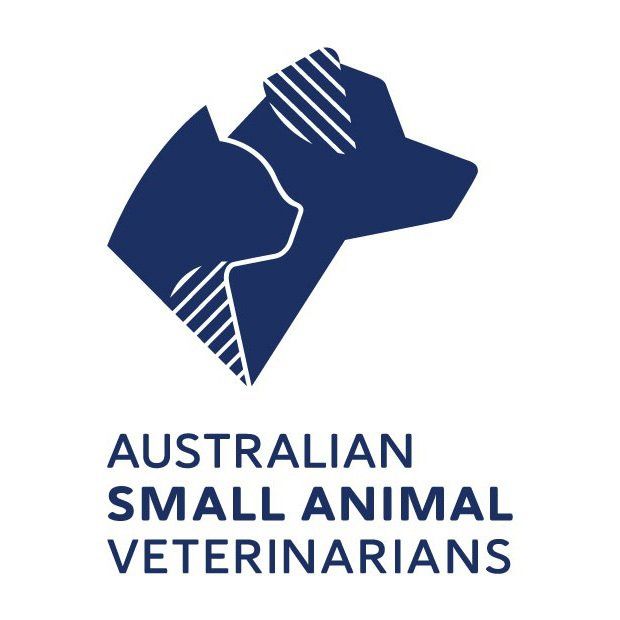FOAL CARE
It is important to monitor your newborn foal during the first week of its life to ensure an optimal chance of survival.
Our equine veterinary team at the Warwick Vet Clinic has put together a guide for the routine management of foals to assist with the care of a new foal in the first week after the birth.
PREMATURITY
Foals are born after approximately 340 days gestation. This time can be variable with some normal foals born 20 days sooner or later. Colt foals usually have a longer gestation (time in the mare) than fillies; foals born in late winter or early spring can take up to 10 days longer than foals born in the middle of spring.
Signs of prematurity include a small body size, fine body hair, laxity of limbs and a domed head.
EXAMINING THE FOAL FOR NORMAL SIGNS
FEEDING YOUR FOAL
FOAL IMMUNITY
UMBILICAL CORD RUPTURE
Umbilical cords need to be treated ideally as soon as they rupture because the stump is a very good portal of entry for bacteria into the blood stream. Ideally the umbilical stump is dipped in chlorhexidine or iodine preparation. Some strong iodine mixture can harm the skin of foals. Dip the umbilical cord every 6 – 8 hrs for the first day.
TETANUS
Tetanus prophylaxis cover may be given with a TAT given under the skin on day one.
IMPACTED MECONIUM
Enemas are given within the first 4 hours after foaling to avoid the foal getting gut pain from impaction of faeces. Signs of impacted meconium can be failure to drink, rolling, and sweating. Meconium retention is more of a problem in colt foals. Soapy water (300ml warm water with lux flakes) can be give via a 10ml syringe rectally. Gentle digital manipulation with a gloved finger can assist to remove the faecal pellets. Avoid causing trauma to the anus.
FOAL LIMB DEFORMITIES
Limb deformities such as contracted tendons, angular limb deformities and joint laxity (floppy joints) are all problems which are also treated within the first week of the foal’s life. Mild cases can improve with limited, controlled exercise. Severe cases need to be restricted in a stall. Feet trimming and rasping during the first week may be needed to correct feet alignment.
RUPTURED BLADDER
Ruptured bladders (more common for fillies than colts) can be caused during the trauma of birth or with lifting foals. Monitor urine output and signs of straining (especially without urine production), a round belly and depression.
ENTROPION
Foals can also be born with turned in eyelid (entropion) which can lead to ulceration of the eye and permanent problems. Some cases do improve as the foal gains weight with feeding but most do need veterinary attention.









